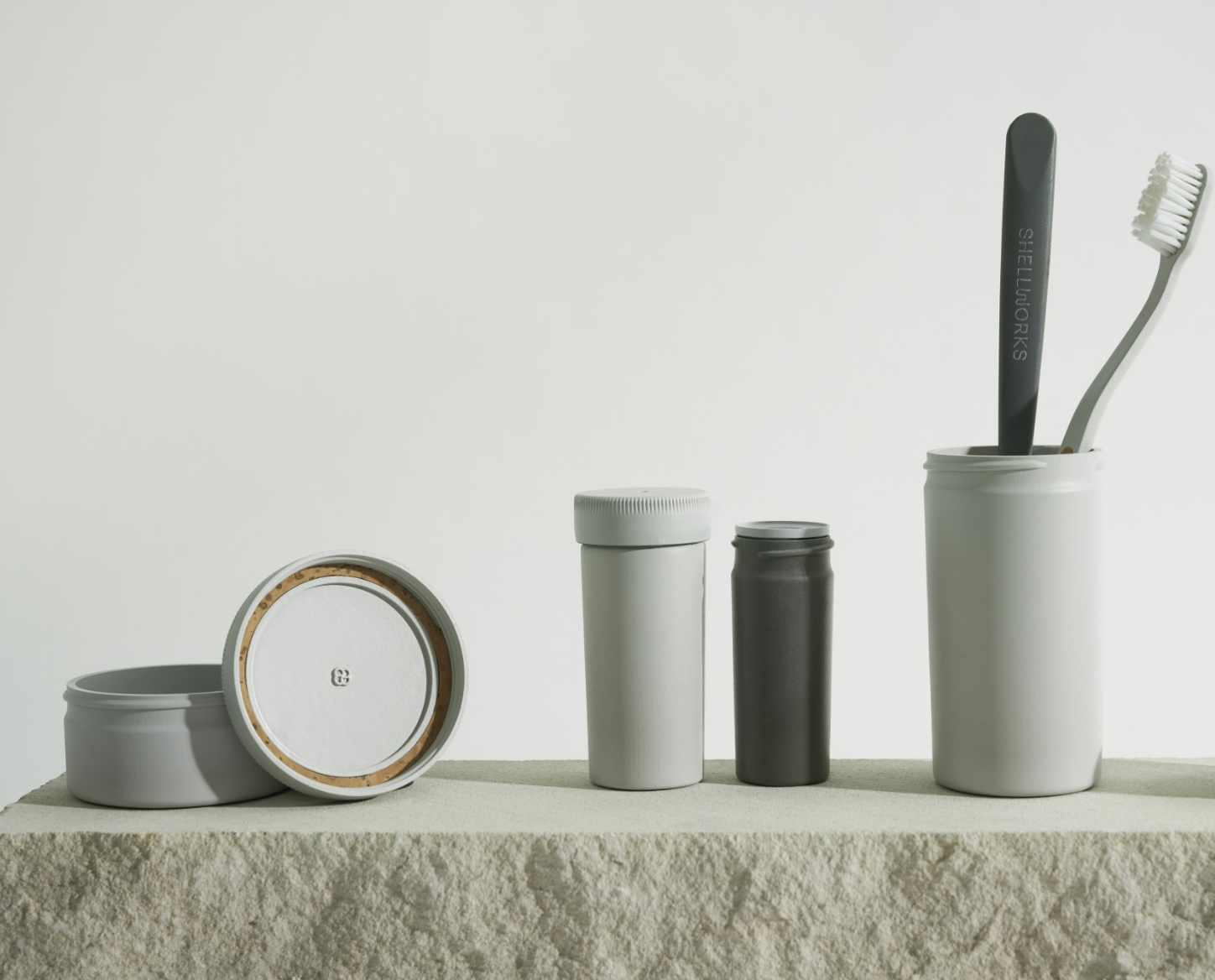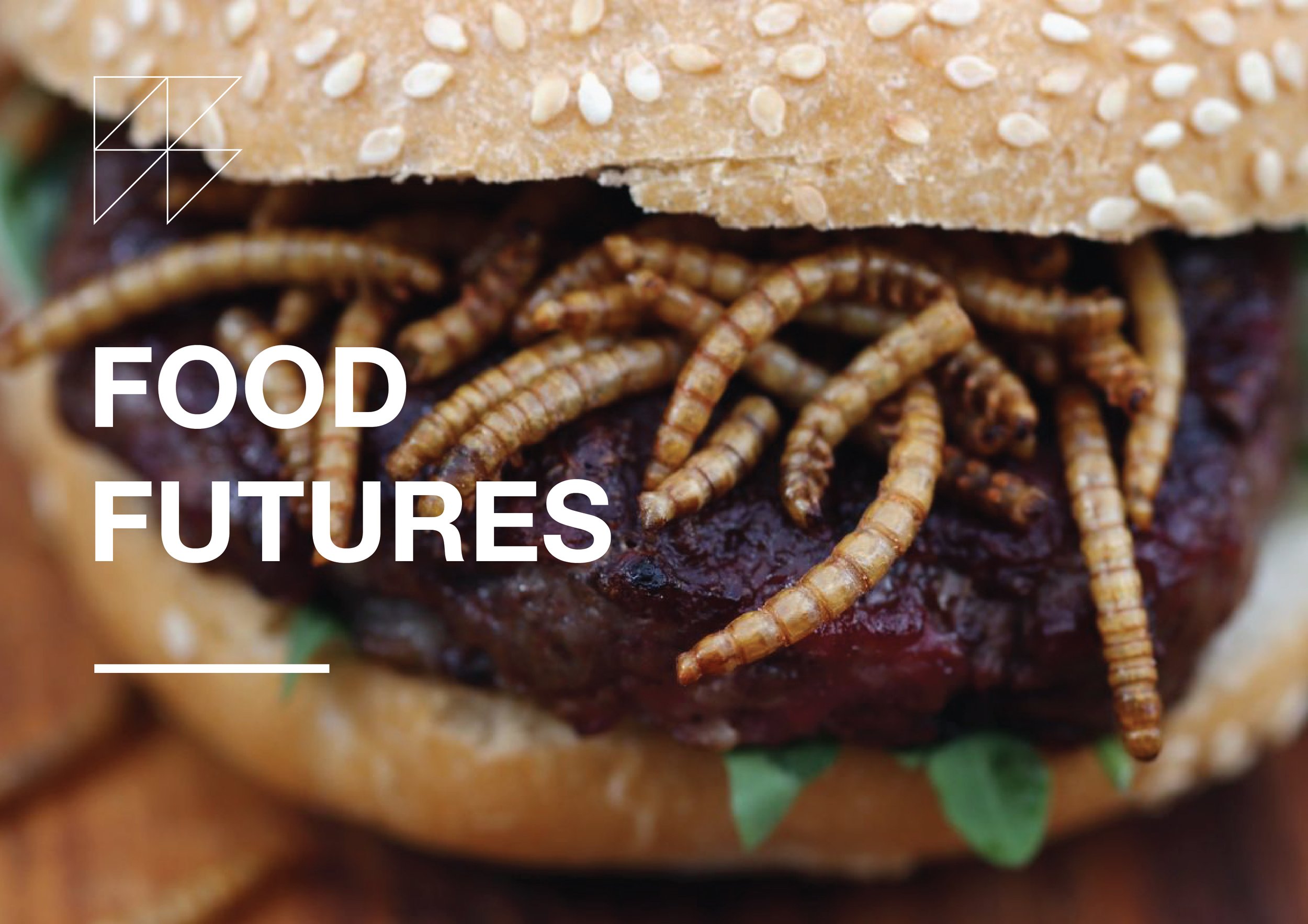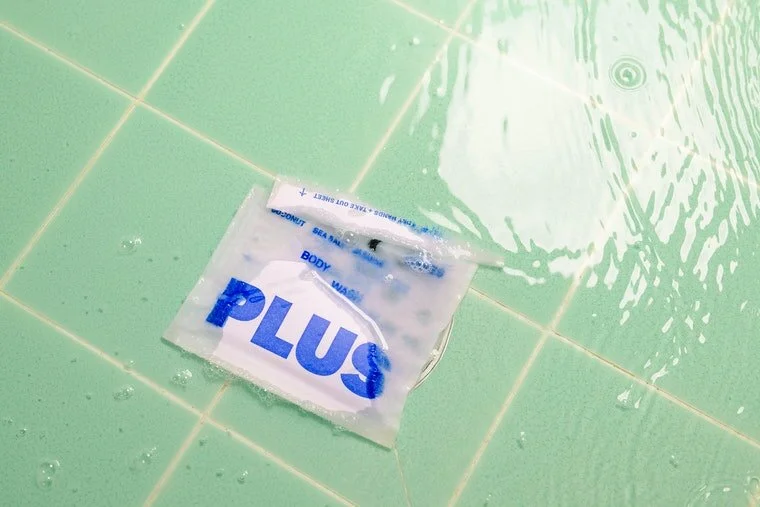THE FUTURE OF RETAIL.
As retail evolves over the coming years, the world of gaming, immersive experiences and brand transparency will become increasingly influential.
Here are some of the key trends that are likely to shape the future of retail
E-commerce and omnichannel retail
Online shopping has been growing steadily in recent years, and the pandemic has accelerated this trend as more people shop from home. E-commerce is likely to continue to grow in popularity, as it offers consumers convenience, a wider selection of products, and the ability to shop at any time from anywhere. However, brick-and-mortar stores will remain important, especially for those who want to touch and feel products before buying. As a result, retailers will increasingly adopt an omnichannel approach, offering a seamless experience across online and offline channels.
Personalization and customer experience
As competition increases, retailers will need to focus on providing a great customer experience and offering personalized products and services. Personalization can take many forms, from tailored recommendations based on past purchases to customized products that meet specific needs. In-store experiences will also become more important, with retailers using technology to create immersive and interactive experiences that engage and delight customers.
Sustainability and social responsibility
Consumers are increasingly concerned about the environmental and social impact of their purchases, and retailers will need to respond by adopting more sustainable and socially responsible practices. This could include everything from reducing packaging waste to sourcing products from ethical and sustainable suppliers. Retailers that prioritize sustainability and social responsibility will be more likely to attract and retain customers who share these values.
Artificial intelligence and Industry 4.0
Advances in artificial intelligence and automation are likely to transform the retail industry, from inventory management to customer service. AI-powered chatbots and virtual assistants can help customers find the products they need and answer their questions, while automation can streamline supply chain and logistics processes. As a result, retailers will need to invest in AI and automation technologies to remain competitive.
Mobile commerce and contactless payments
Mobile devices are increasingly the primary way that consumers shop online, and this trend is likely to continue. Retailers will need to ensure that their websites and apps are optimized for mobile devices, and offer features like mobile payments and digital wallets. Contactless payments will also become more popular, as consumers seek to avoid touching shared surfaces in stores.
Conclusion.
In conclusion, the future of retail is likely to be shaped by a combination of these trends and innovations, with technology playing a key role in driving change. Successful retailers will need to adapt to these trends and provide great customer experiences, while also being socially responsible and environmentally sustainable. The future of retail is exciting and full of opportunities for those who are willing to embrace change and innovate to meet the evolving needs of consumers.




































